René Brandborg Sørensen
5G NB-IoT via low density LEO Constellations
Aug 13, 2021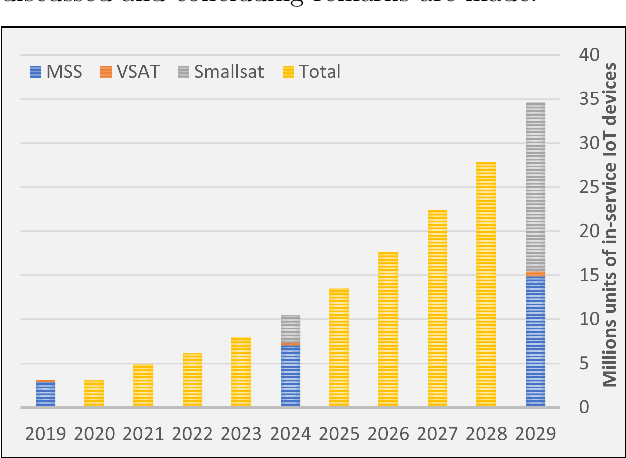
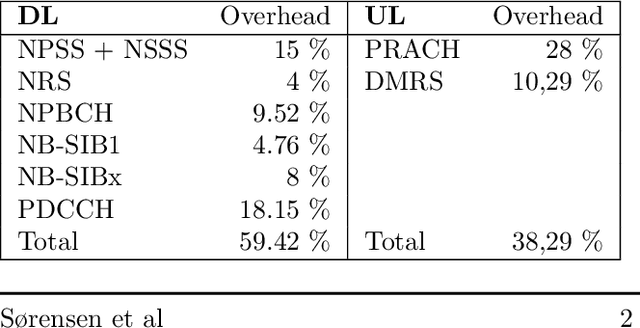
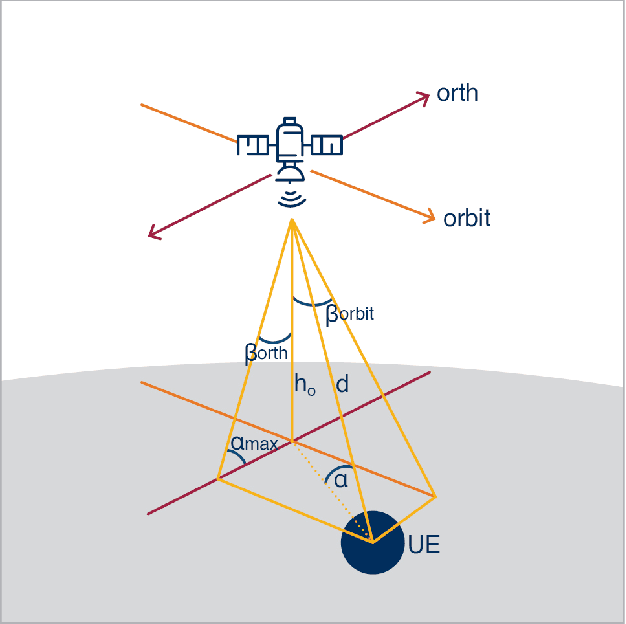
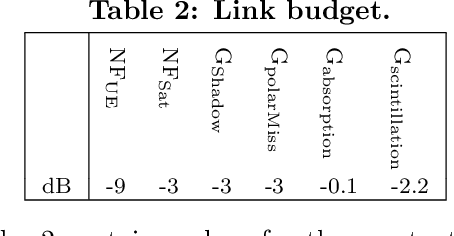
Abstract:5G NB-IoT is seen as a key technology for providing truly ubiquitous, global 5G coverage (1.000.000 devices/km2) for machine type communications in the internet of things. A non-terrestrial network (NTN) variant of NB-IoT is being standardized in the 3GPP, which along with inexpensive and non-complex chip-sets enables the production of competitively priced IoT devices with truly global coverage. NB-IoT allows for narrowband single carrier transmissions in the uplink, which improves the uplink link-budget by as much as 16.8 dB over the 180 [kHz] downlink. This allows for a long range sufficient for ground to low earth orbit (LEO) communication without the need for complex and expensive antennas in the IoT devices. In this paper the feasibility of 5G NB-IoT in the context of low-density constellations of small-satellites carrying base-stations in LEO is analyzed and required adaptations to NB-IoT are discussed.
* https://digitalcommons.usu.edu/smallsat/2021/all2021/198/
Machine Learning Methods for Monitoring of Quasi-Periodic Traffic in Massive IoT Networks
Feb 27, 2020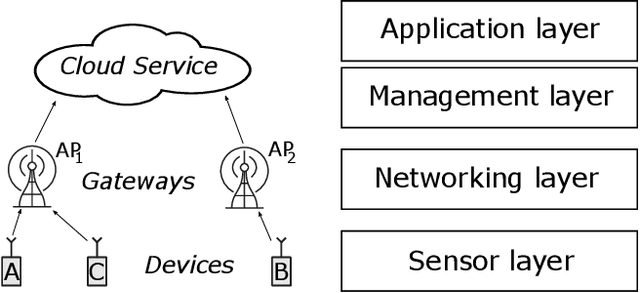
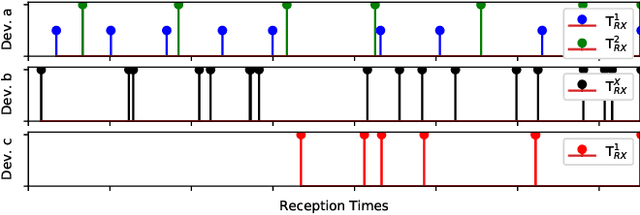
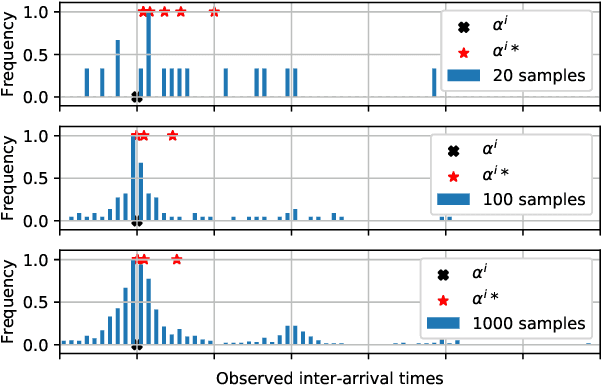
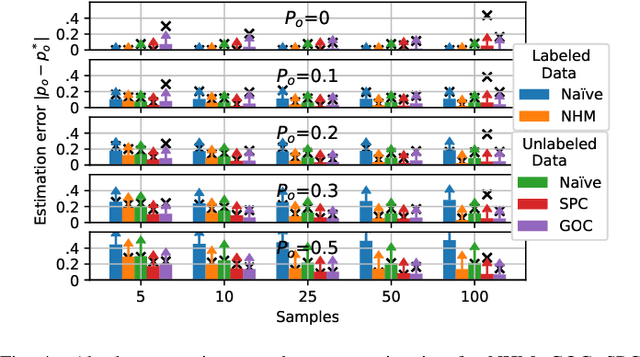
Abstract:One of the central problems in massive Internet of Things (IoT) deployments is the monitoring of the status of a massive number of links. The problem is aggravated by the irregularity of the traffic transmitted over the link, as the traffic intermittency can be disguised as a link failure and vice versa. In this work we present a traffic model for IoT devices running quasi-periodic applications and we present both supervised and unsupervised machine learning methods for monitoring the network performance of IoT deployments with quasi-periodic reporting, such as smart-metering, environmental monitoring and agricultural monitoring. The unsupervised methods are based on the Lomb-Scargle periodogram, an approach developed by astronomers for estimating the spectral density of unevenly sampled time series.
 Add to Chrome
Add to Chrome Add to Firefox
Add to Firefox Add to Edge
Add to Edge